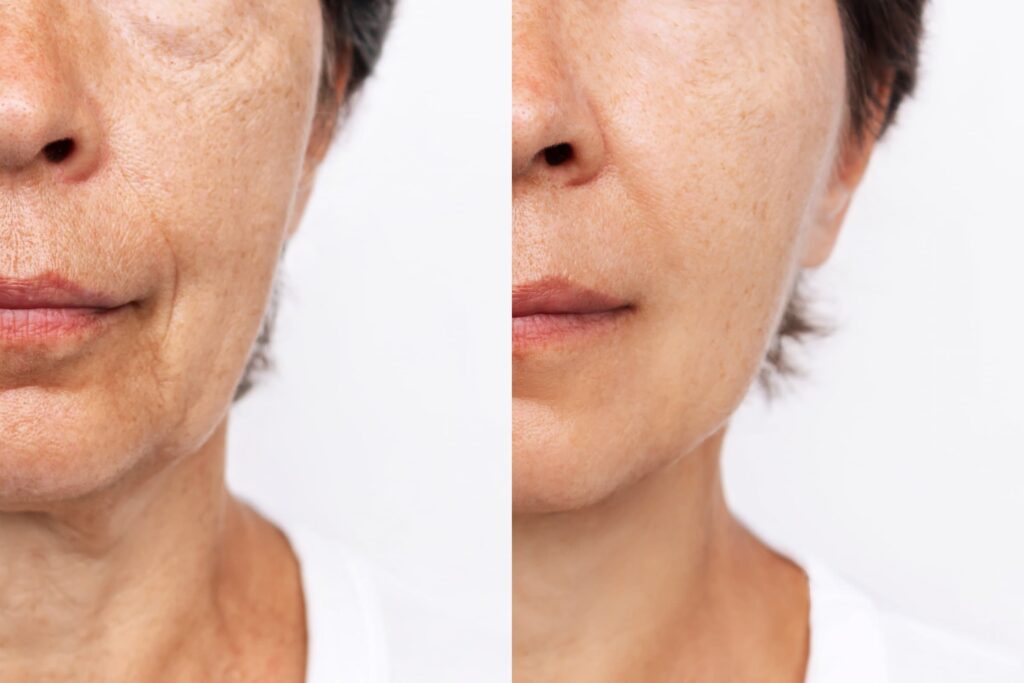As a designer, I have always championed natural looking results in my surgery. I have spent decades watching my colleagues place huge implants in tiny breasts, fill faces until they look like balloons, and pull skin to mimic being in a high-speed wind tunnel. That look was never my goal, and patients sought me out to avoid those extremes in appearance. I always wondered how long it would take for the trends to catch up (or, catch “down”) to me. It appears that we are finally here now.
When we observe celebrities like Madonna, a few things are unmistakable: her skin is tight as a drum, she has no wrinkles at all, and she is virtually unrecognizable as herself. It is that look that makes some patients hesitate to have surgery at all, because they don’t actually want to look like a different person. They want to look like a fresher version of themselves.
I am unafraid to talk about the fact that there is a lot of “work” out there that does not work at all. The misconception is that this can happen by accident, that it is unavoidable to transform yourself into someone else if you have a big procedure. That is actually not at all the case. In order to look like someone else, you have to change some very critical parts of your anatomy, ones that people use to recognize each other in the first place.
Let’s start with what you can change without changing who you are. You can soften wrinkles, remove jowling, and significantly carve out your neckline without ever looking not like you. In fact, one could argue that the changes in a person’s jaw and neckline that occur with aging actually make them look more different than themselves; and restoring that line actually makes them look more like themselves. I call those moves restorative moves, because they put things back where they belong.
Where it starts to get dicey is when the “lift” part of the facelift comes into play. There are 2 parts to lifting a face: dealing with the skin and lifting the face itself underneath the skin. The face is made up of muscles and fascia, layers of tissue that cover the muscles, and that can be repositioned. When the face is drooping, it can be lifted back into position. It can also be lifted out of position, either intentionally or not, and it can take the muscles with it. Moving some parts of the face up is restorative, while moving them out to the side is often deforming. Knowing how to balance that movement is crucial to avoiding the windblown look, and starting to look “done.”
But the real issue with becoming other than yourself is the movement of muscles. Muscles have a shape, a position, and a resting tone. When you start to change those things, you start to change yourself. In particular, a deep-plane face lift will actually remove the muscles from the bones and shift them into a new position. This does create more lift, and it does usually create more longevity in the result. But it also creates a new identity for your face. The same way that people look different when they sleep because they don’t have facial muscle tone, they look different when the muscles are moved or pulled away from normal. From my standpoint, the goal with cosmetic surgery has always been to fly under the radar. My patients return to work or attend a family reunion, and everyone tells them they look great, despite having no idea what they did to achieve that. Patients can stay discreet, while maximizing on their renewal. I have the satisfaction of knowing that I pulled it off – almost like a magic trick. The downside is that there is no public glory for this approach. No one will walk up to the patient and say, “Wow, what a great facelift. Who is your surgeon?” As a business owner, that is less than ideal. But as an artist, it is the moment of validation. And for my patients, it is a tremendous return on investment.

